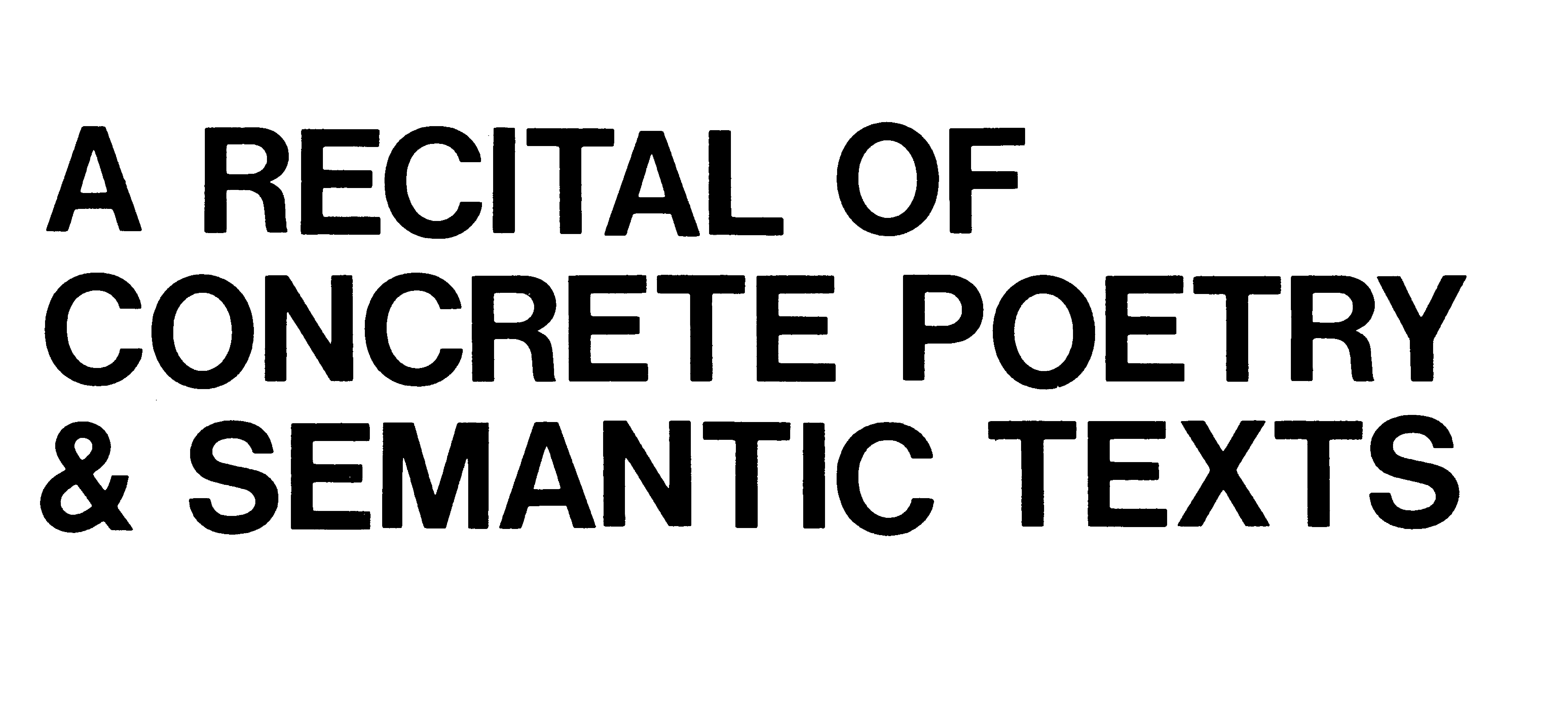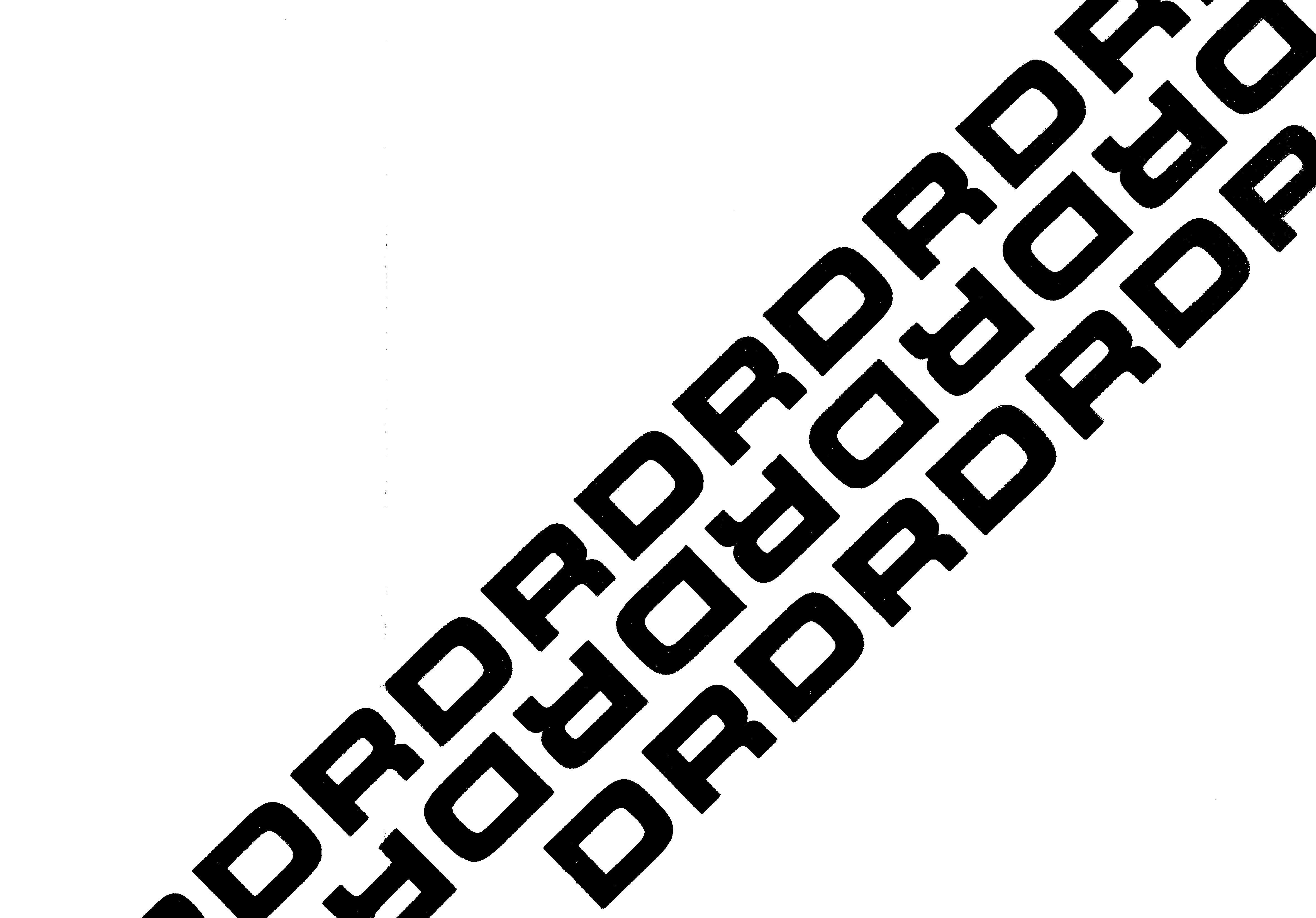Lingual Music
In 1973 Greenham coined the term ‘lingual music’ to describe her practice of layering and processing reel-to-reel tape recordings of her own voice. She detailed this approach in Kontextsound, the catalogue for the tekst in geluid festival at the Stedelijk Museum, Amsterdam, in 1977:
‘The main feature of these tape pieces is the use of speech as a basic element. Contrary to the traditional way of ‘setting words to music’, in ‘lingual music’ speech ‘emerges as music’. ‘Lingual music’ pieces could not be performed live. The only sound source used is the human voice (if not otherwise stated). The recorded material is electronically processed…’
From 1973–74 Greenham was invited to work at the world-renowned BBC Radiophonic Workshop. There, she composed perhaps her most famous sound work, Relativity (with assistance from Richard Yeoman-Clark, Paddy Kingsland, and Peter Howell), using words from Einstein’s Special Theory of Relativity and playing on the linkage between the word electron as used in both physics and electronic music. Relativity was broadcast by the BBC the following year and went on to win a prize for electro-acoustic music at the prestigious 5th Bourges International Festival of Experimental Music in 1975.
Tillid, also created at the BBC Radiophonic Workshop by Greenham in 1973 and featuring electronics by Paddy Kingsland, is based on the text rhythmical accent-translations (in danish) from Greenham’s Tune in to Reality! (1974). The Danish words tillid (confidence), i (in), til (to), and selvtillid (self-confidence) are the interacting ‘key-words’ here, with fragments then compounded, reversed, treated, and panned across the stereo field.
7 Consonants in Space was realised by Greenham in Studio OT (her home studio), the ‘Space’ referred to in the title. It is an object lesson in reel-to-reel tape techniques, featuring close-editing, spool manipulation, speed variation, reversal, muting, looping, montage, panning, room re-recording, feedback, and tape delay. Greenham’s use of room re-recording is of particular interest, where elements are replayed from a speaker placed at various points within the natural acoustic of her home studio and recorded back to tape via microphones. 7 Consonants in Space premiered at the Bourges International Festival of Experimental Music in 1978.
Polar Polaris (1982–83) is one of Greenham’s most enigmatic compositions, a complex web of noises, utterances, and rhythmic pulses that defies ready categorisation. Passages of mantra-like text are unevenly and robotically intoned: ‘polar polaris, solar solaris, solar plexus nexus to the stars, bundle of fibres, centre of nerves, impulse leads, transfer cables, magnetic tape recording pulses, messages from afar, heavenly bodies emitting codes, magnetic waves pulling and pushing, impulsive behaviour, spinning and spinning at various speeds, oscillating much, star explosion…’
Movimiento (1973), based on the Spanish word for motion, is another in the series of pieces made with technical assistance from Paddy Kingsland. Greenham’s compositional approach here is an extension of that which she employed in her writing, where subtle shifts, iterations and linkages in sound/meaning are contrasted or punctuated by sudden oppositions. In Movimiento — as with Tillid from the same year — this is achieved through a fluid mix of multitracked voice, tape speed changes and echo/reverberation effects, all driven by Greenham’s dynamic delivery.
Borges (1984), Greenham’s last known composition, was created as a film soundtrack, though little detail is known about the film itself. Something of a companion piece to Polar Polaris, Borges extends her lingual music technique into broader sonic realms, with a greater focus on timbre / noise and extended textures, whilst retaining a distinctive and unsettling edge.


